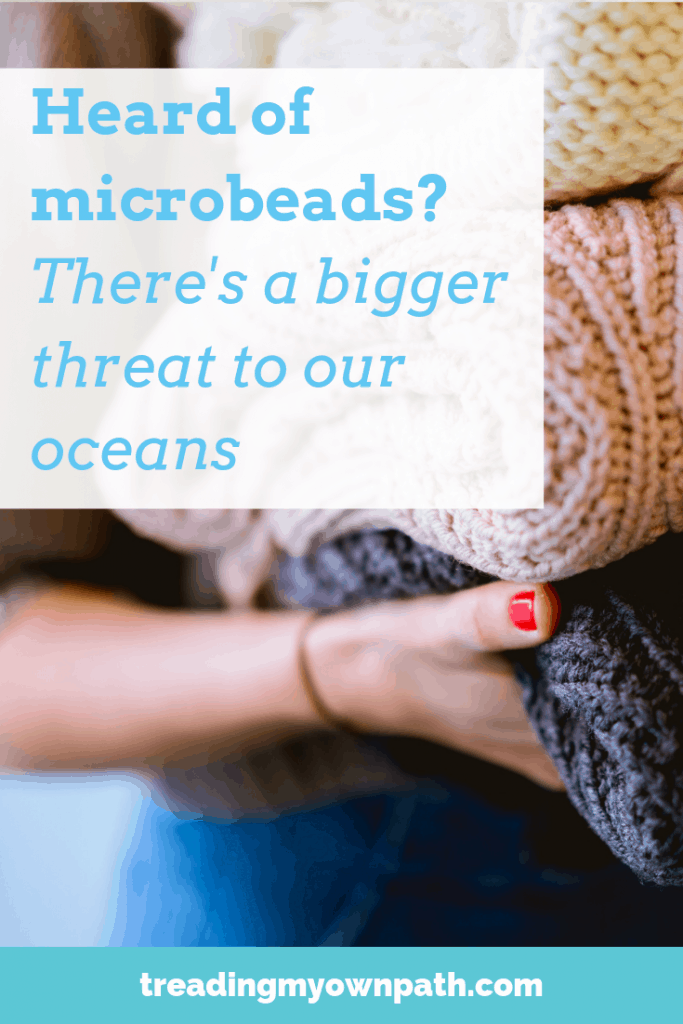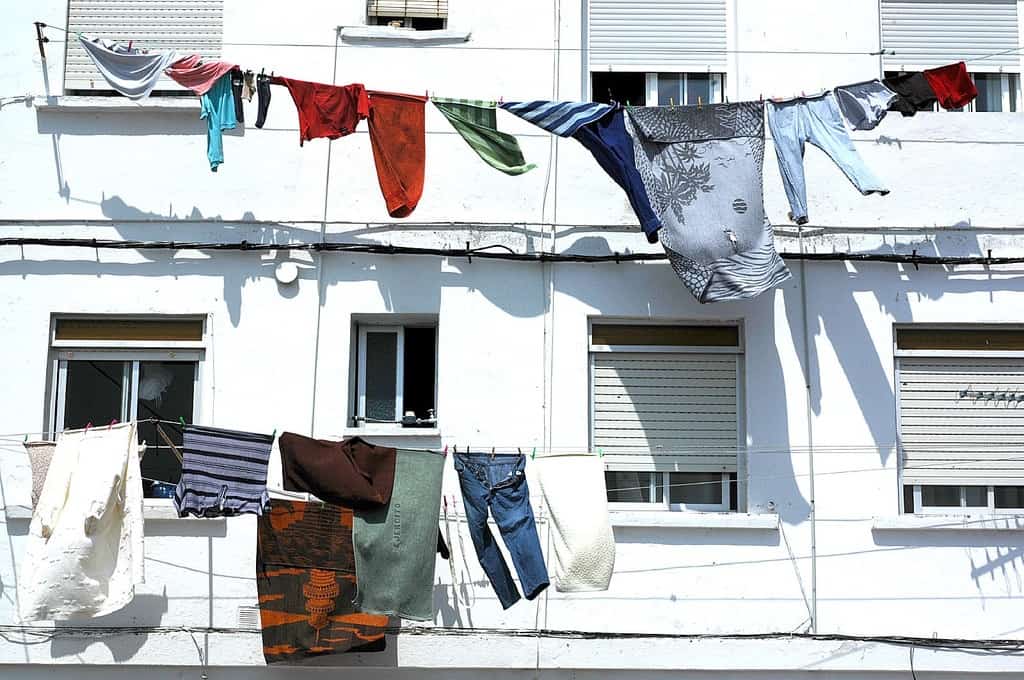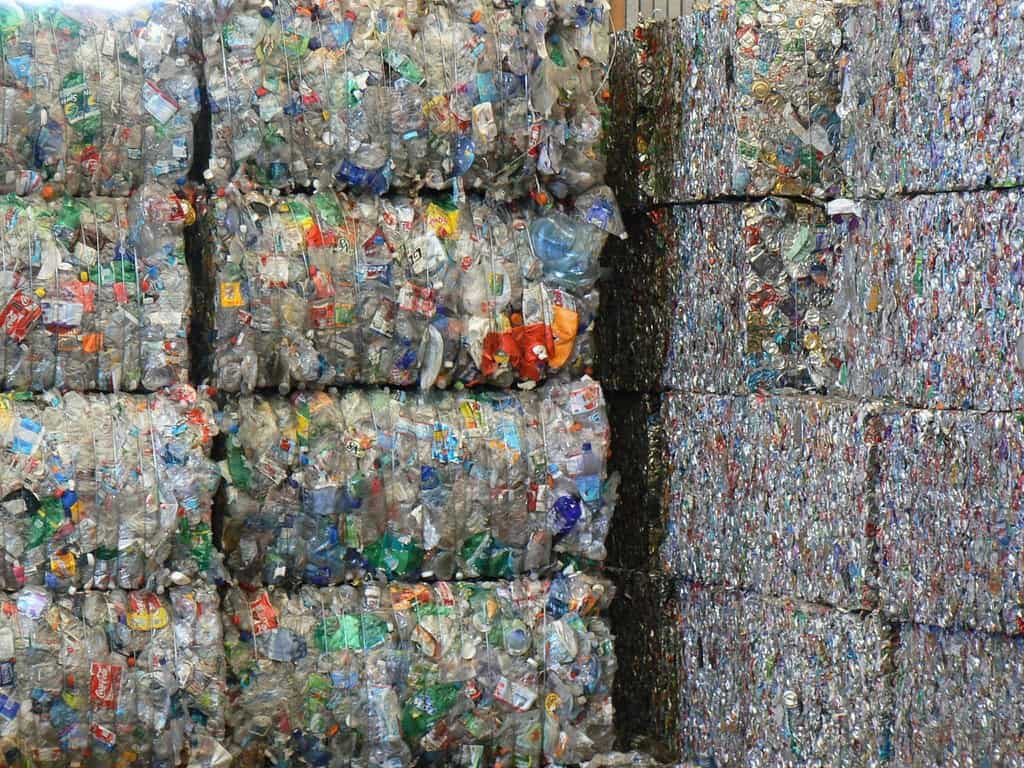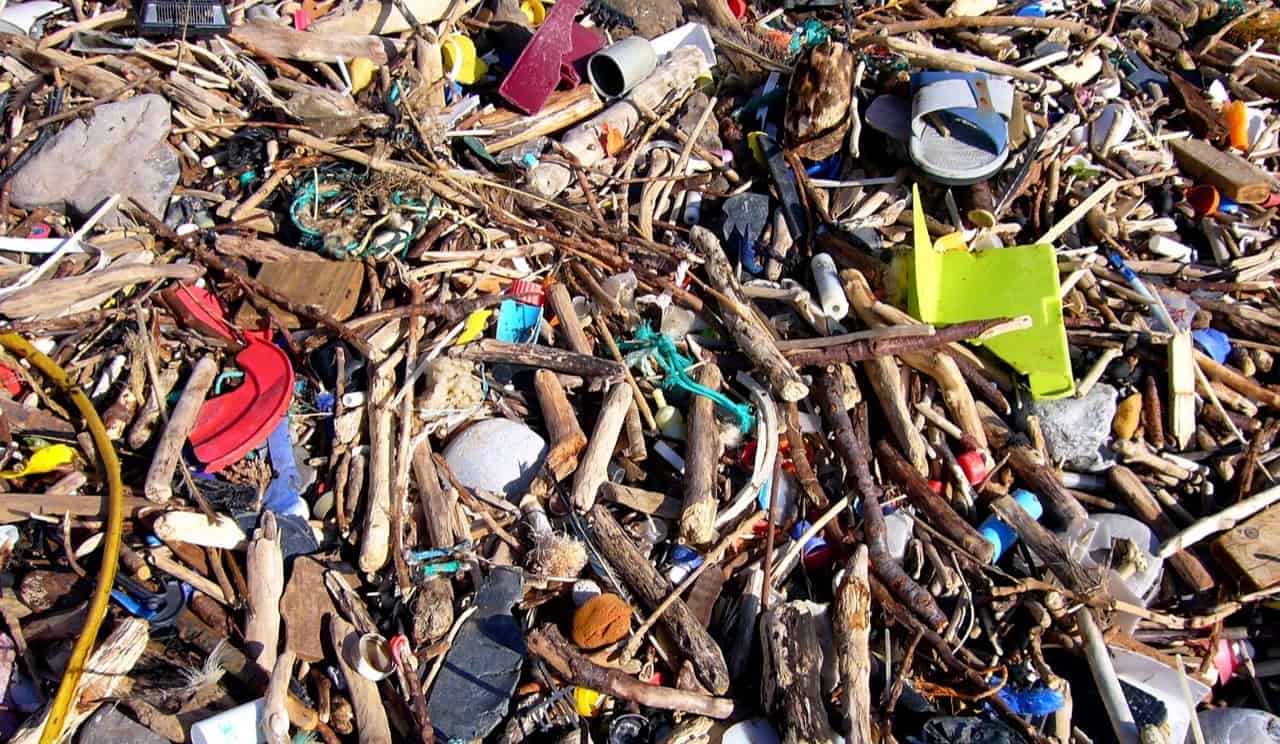Heard of Microbeads? There’s a Bigger Plastic Threat to our Oceans
There’s plastic in our oceans. We see it on the news, in magazine articles, on Facebook, or rather, we see the result: pictures of animals and birds tangled in fishing netting, trapped in plastic packaging, ingesting carrier bags and other floating plastic, or feeding plastic bottle tops and lighters to their young instead of food.
That’s just the plastic we see, but there is a lot more plastic in the ocean.
Plastic that’s too small for us to see. Microplastics.
(Officially, microplastics are plastics that measure 5mm or less, but often they are less than 1mm.) We might not be able to see them, but they still have a huge impact on the oceans. First up, they still get eaten by marine life. Small fish eat smaller pieces of plastic, and as we go up the food chain and these fish are eaten by bigger fish, the amount of plastic increases. If we eat fish, there’s a chance that this plastic is ending up on our plates.
The other big issue with plastics in the ocean, is that plastics are lipophilic, meaning they attract lipids and fats. (If you’ve ever used a plastic container to store something oily, you might have noticed that it’s very hard to get clean afterwards. That’s because plastic is attracted to the oil.)
It’s not just water and plastics and fish in the ocean. There are a lot of chemicals. Like POPs. They might have a fun name, but POPs are persistent organic pollutants: man-made chemicals that take a long time to break down. Chemicals like DDT, PCBs, brominated flame retardants and other pesticides. These chemicals might have been banned decades ago, but all rivers lead to the ocean, and they persist here.
They don’t just persist, they are attracted to the plastics in the ocean, so become concentrated here.
The smaller the plastic, the bigger the surface area in proportion, and the more POPs. This toxic combination is entering the food chain…and potentially ending up in our food.

Microbeads – a Threat to Our Oceans
Microbeads have been receiving a lot of attention recently, with organisations like 5 Gyres putting pressure on companies to stop using them and the Story of Stuff launching a Ban the Bead campaign to raise awareness. Microbeads are tiny balls of plastic added to cosmetic products to act as exfoliants, basically because they are cheaper than using natural ingredients like sugar, salt, coffee, apricot kernels…the list goes on. They aren’t just in face scrubs either – they are even found in toothpaste!
These tiny plastic beads are washed down drains when these products are used, and end up at water treatment plants… however, they are too small to be collected by filters, and so are washed into the ocean.
The Plastic Problem Hiding in the Closet
It’s easy to get mad about microbeads because it’s easy to see that they are completely pointless. Especially as a solution exists – there are natural alternatives out there with the same exfoliating properties, but with the added bonus of being biodegradable. However, there’s another problem that’s not so easy to see and can hardly be put in the “pointless” category…and it’s hiding in our closets.
Our clothes.
Most of us have items of clothing made of plastic. Think polyester, acrylic and nylon: these fabrics are made of synthetic (plastic) fibres. When we wash our clothes in a washing machine, some of these fibres are shed and go with the waste water to the water treatment plants. “Some” isn’t even close to the actual amount. Research conducted in 2011 showed that a single synthetic garment can release more than 1900 fibres per wash.
As with microbeads, these tiny microfibres, maybe less than 1mm in diameter, are too small to be collected by filters, and so are washed into the ocean. The study estimates that a large proportion of microplastic fibres found in the marine environment are the direct result of us doing our laundry.

Every time we wash our clothes, we send thousands of plastic microfibres down the drain…and into the ocean.
Are Microfibres a Bigger Threat Than Microbeads?
If we talk in numbers, maybe not. The amount of microbeads in some products is staggering. A 2015 study found that 5ml of product can contain between 5,000 and 95,000 beads. Then again, if your laundry basket consists of four polar fleeces (which are the clothing item found to release the most fibres) that’s 7,600 fibres, and fibres are bigger than beads…
The issue isn’t so much about numbers. The issue is perception. Whereas microbeads are almost universally recognised as completely pointless (except maybe the pharmaceutical companies who stand to make bigger profits using them) and environmentally destructive, clothing made using plastic fibres is seen as a good thing. An environmentally responsible thing, even.
Thinking that makes no sense? It’s because several brands have started using waste plastic to make clothes, recycling the plastic and transforming it into fibres that can be spun into garments. Taking plastic bottles, and turning them into T shirts. One of the most popular garments to make from these plastic fibres is polar fleece. Which, ironically, is the fabric that sheds the most microfibres upon washing.
These companies (and there are several, Patagonia being the most well known) promote this clothing as eco-friendly, claiming it is a proactive solution to plastic pollution, and even tallying the plastic bottles saved from landfill. Yet if these fibres are being released, unseen, into our waterways every time we do our laundry, isn’t the problem just being shifted from land to sea?
The perception is that by using a waste product (plastic bottles) to make a new product, we are using fewer resources and discarding less. Yet this system is flawed. It isn’t a cycle. Plastic bottles aren’t being turned into new plastic bottles, they are being turned into garments. New plastic bottles are made from virgin plastic. This isn’t discouraging people from purchasing new plastic bottles – if anything, it sends a message that it’s fine to consume single-use plastic bottles as the plastic is recycled afterwards. Similarly, it sends a message that it’s fine to buy new clothes, because they are made of recycled materials and are therefore eco-friendly. It reinforces the message that we can consume our way to sustainability.

Just a fraction of the single-use plastic bottles collected every single day for recycling. Seriously, how many polar fleeces does the world need?
Want to Keep Our Oceans Plastic-Free?
Here’s a few ideas to get you started. Consume as little plastic as possible. Look for alternatives, and opt for reusables where you can. Dispose of what you do use responsibly. If you see plastic (or any litter), pick it up. Join a beach clean-up. Avoid plastic microbeads in beauty products. Add pressure to the pharmaceutical companies to remove microbeads from products by signing a petition or writing a letter. Choose natural fibres over polyester, acrylic and nylon, and try to limit the plastic in your laundry basket.
Whilst it’s great that companies are trying their hardest to keep plastics out of landfill, and looking for ways to create new and useful products out of waste items, plastic clothing in its current format is creating as many problems as it’s trying to solve. Trying to keep plastic out of landfill only to add to plastic pollution in the ocean isn’t the eco-friendly option. It is damaging the very environment it is trying to save.
[leadpages_leadbox leadbox_id=1429a0746639c5] [/leadpages_leadbox]
Cover image credit: “Plastic Beaches” by Claire Sambrook via Flickr



